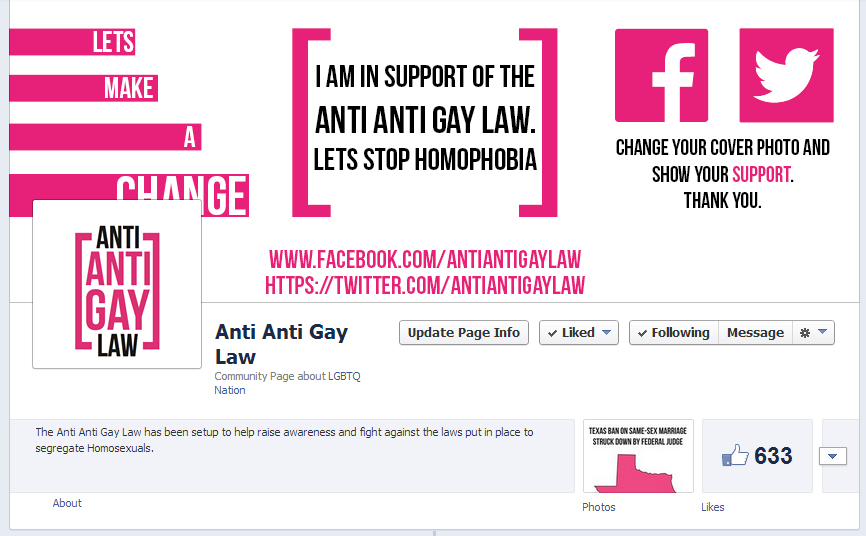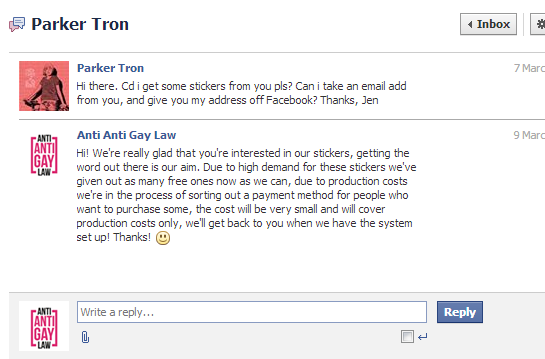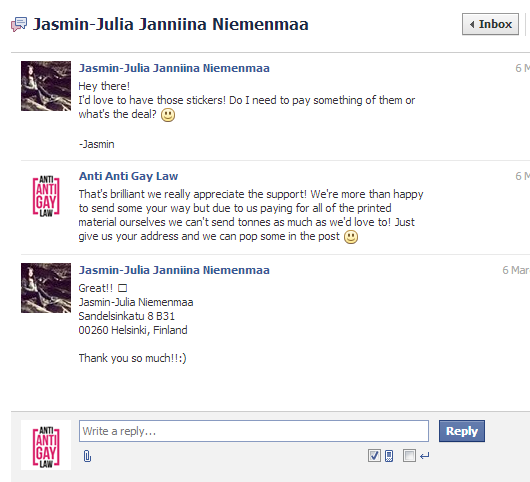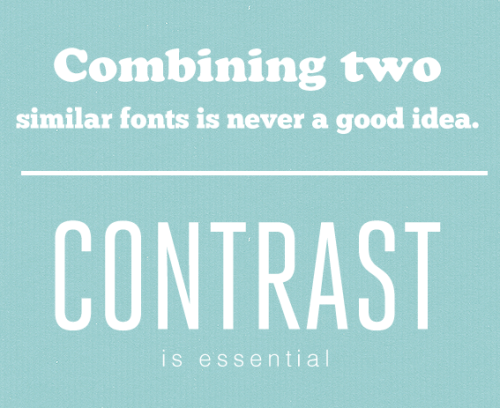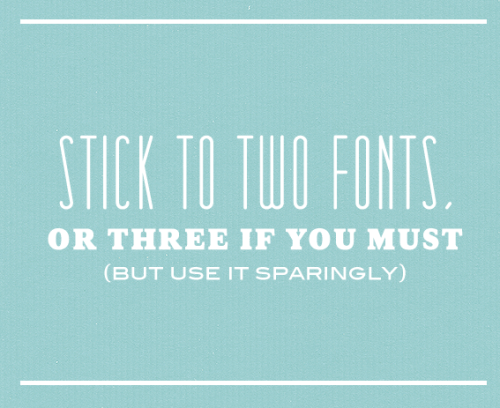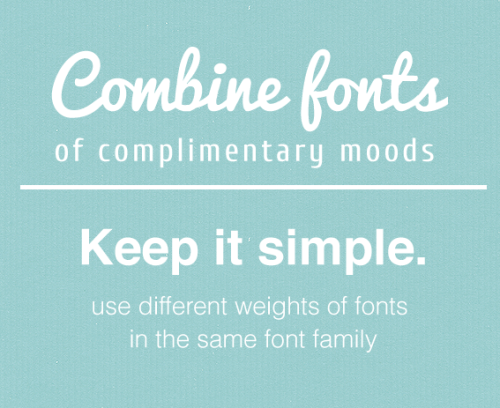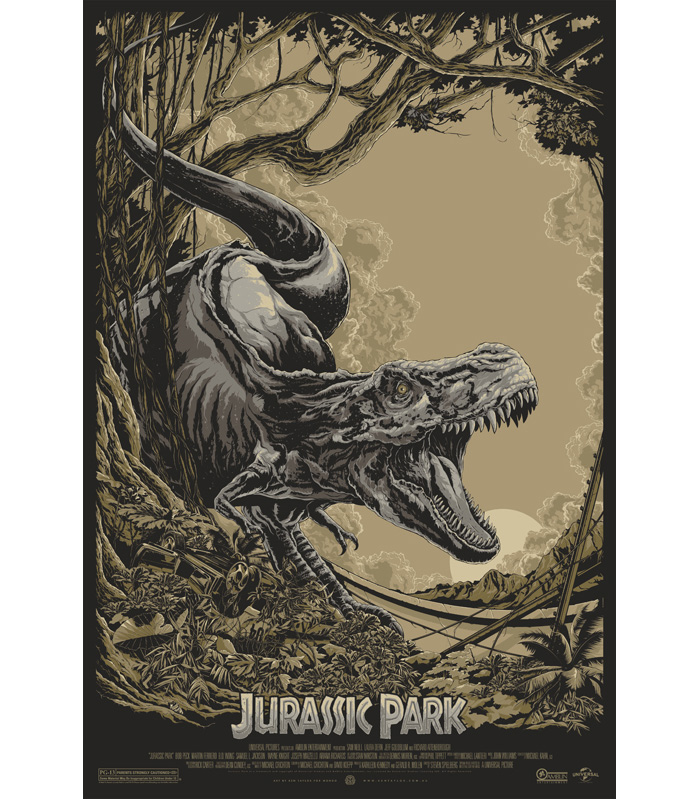After researching into existing publications such as The Independent Magazine and various books and zines from The Village Bookstore I decided a format I wanted to work on was B4. The research I had gathered were quite tex heavy and I didn't want them to feel over crowed as one of the main things I had found in layout design was the importance of space on a page to give the reader some structure to work with.
A modular grid gave me more freedom to position the content in, above is what I decided to use. 8 columns on a double page spread split into 6 equal rows and larger margins at the top and bottom of the page.
I allow the spreads to work together and have some consistency I decided to use a hang line leaving some space at the top for page numbers and a title running throughout the 10 spreads.
Using the thumbnail sketching technique allowed me to quickly generate layouts and could then see which were the most successful.
My pages used the same 4 sections of content: Main title, subheading/quote, body text and images. Again this enabled me to be experimental with positioning the content to keep it interesting but have a consistent theme throughout.
As this was my first attempt at creating a publication with a large amount of content I feel I have been fairly successful. The information has been clearly presented and is straight forward to read. The choices in fonts used have been justified by the research I have carried out. There are also a lot of things things I would have liked to change about the designs if I had more time. I would have liked to experiment with colour and different images and also to have been more experimental with the body text as I have chosen to keep it in narrow multi-columns, which looking back now, probably wasn't the most effective way of organising the text as I had to deal with pages which had large amounts of text and the columns affected readability.















